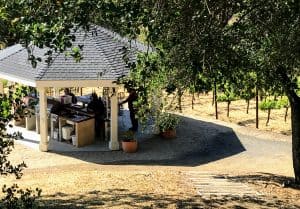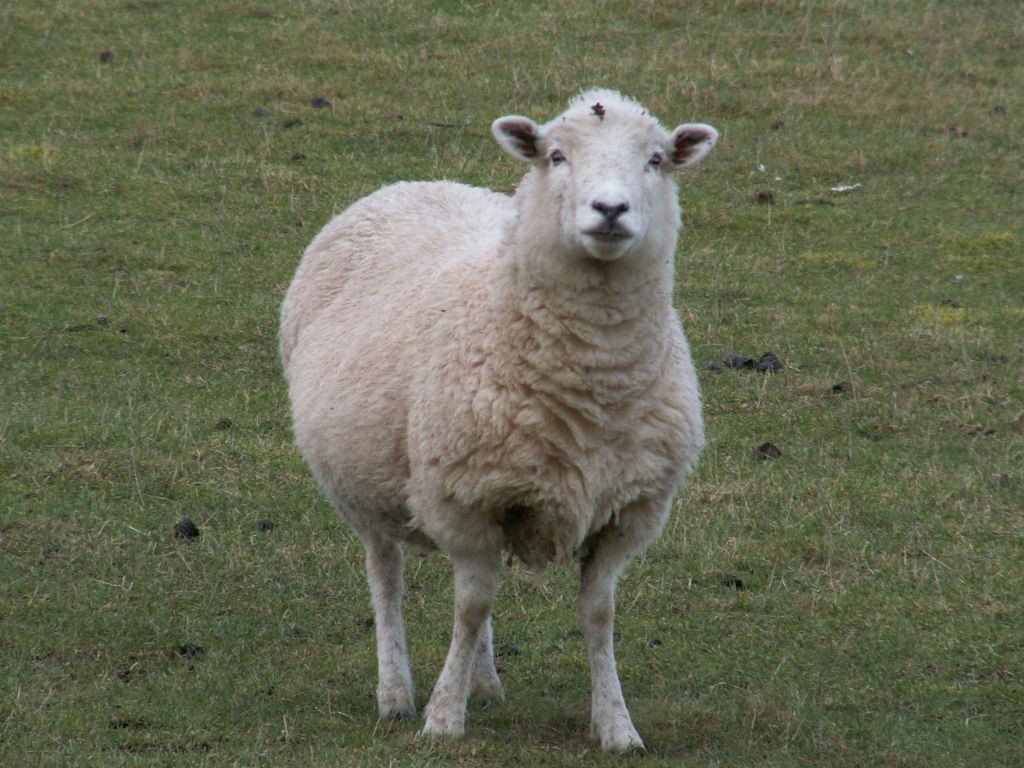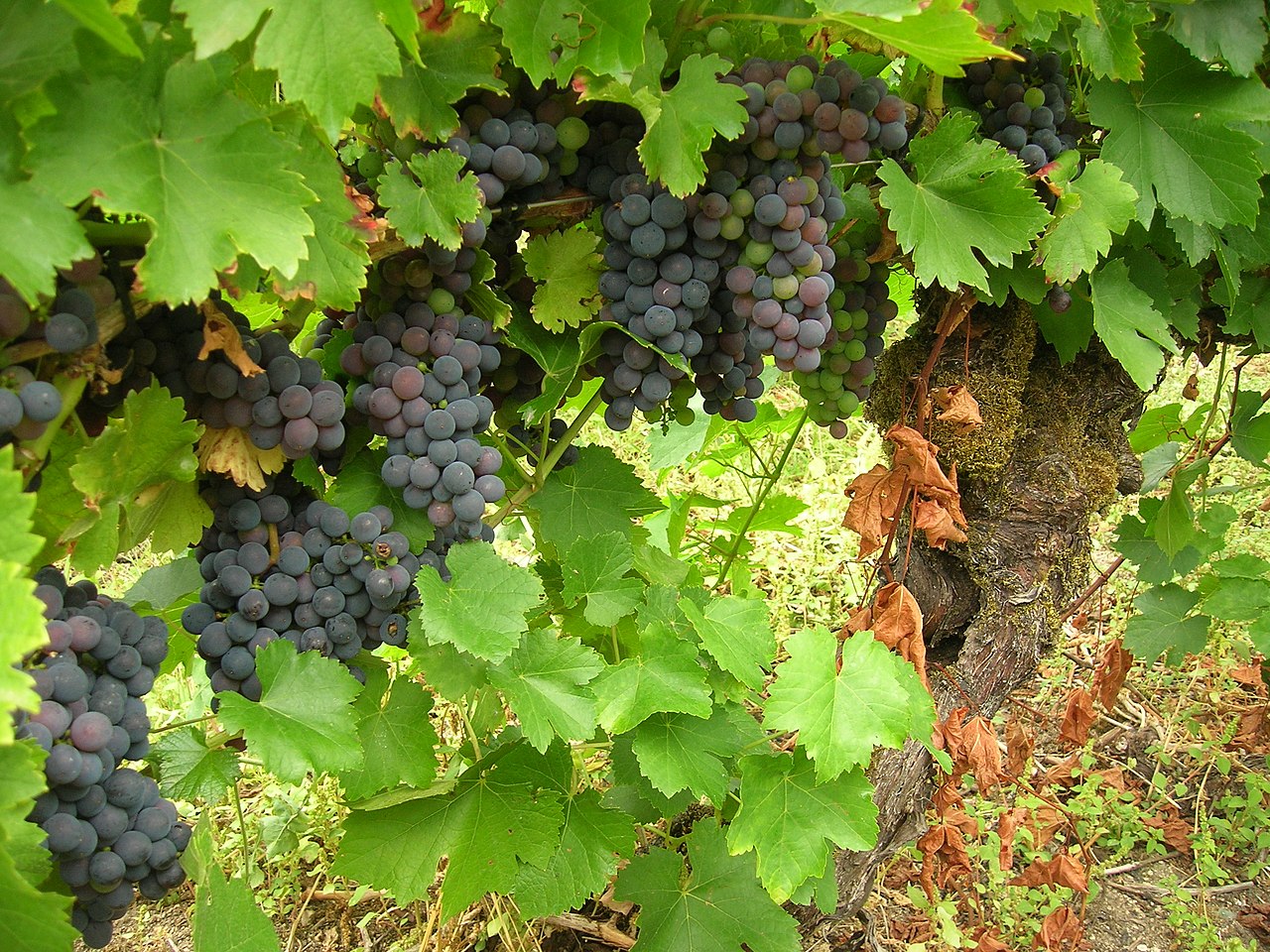For a follow up to tasting rooms reopening, see “How NOT to Respond to a Guest’s Concerns About COVID“
Jason Haas of Tablas Creek recently posted a poll asking if people were ready to go back to tasting rooms. While the plurality was raring to go, the majority of respondents to his question were a bit more reserved.
I’m interested, with tasting rooms starting to reopen, are you ready to go out wine tasting? If you choose yes but only under certain tasting room conditions, please share what those are.
— Jason Haas (@jasonchaas) June 4, 2020
A small sample size, but what’s notable is that Haas was polling highly engaged wine lovers–the kind of folks who would actively follow the personal Twitter account of a winery owner. So if over 60% of people who are probably pretty passionate and geeky about wine are still a little iffy about rushing out to tasting rooms, how do you think everyone else feels?
I know how I feel, and it’s not the best news for wineries.
Like the rest of Haas’ respondents, I’m certainly in the highly engaged and passionate wine lover category. I adore traveling with some of the hardest parts of this pandemic for me being the cancellations of wine trips and events that I had planned for the year. Yes, I fully realize that this is a position of immense privilege. I know that many others have suffered and lost so much more than just missing out on wine tastings.
But my point is is that I should be part of that group that can’t wait for tasting rooms to reopen. Yet looking at Haas’ question, my instinct was to click “Not for a while.”

Doesn’t this image just scream “Hey, let’s go visit some wineries!”?
My reasoning parallels my sentiments about shopping for wine. For me, wine is a source of joy and pleasure, so I want all my experiences with wine to reflect that. But while I love wine, I don’t need it.
Likewise, while I love visiting wineries and wine country, it’s never something that I absolutely need to do. Especially if the thought of doing so right now makes me wince.
Looking over all the different guidelines on opening tasting rooms from California, Oregon and Virginia is disheartening. There are so many hoops for wineries to jump through and, while they all have the best of intentions, none of them make me feel any better about visiting wineries.
Sure, these guidelines will undoubtedly keep the employees and me safe. I certainly appreciate that.
But they’re also going to add a lot more stress, rather than joy, to the experience.
Reading those guidelines, and even the well-meaning communications from wineries, has me picturing a tasting room visit going like this:
1.) Sitting in the parking lot waiting for my appointment because I’m always compulsively early.
But I can’t mill around the tasting room killing time like I usually do. And then being rushed at the end of the appointment to accommodate the much-needed sanitation and cleaning.
2.) Being greeted with smiling (?) tasting room staff in masks while also wearing my own mask.
Yes, I know it absolutely has to be this way for now, but that’s still such a glaring reminder that things are not normal. No matter how hard we try, it’s not easy to be happy and cheerful in a pandemic mask. You wear them out of solemn duty and necessity to protect yourself and others. And of all the mindsets to have when tasting wine and visiting wineries, solemn is certainly not at the top of anyone’s list.
3.) Receiving a laundry list of instructions–likely emailed before the tasting but also repeated in person as protocol–detailing precisely what we can and cannot do, where we can and cannot go.
Again, I understand why it has to be this way, but that doesn’t distract from the stress and fear of doing something wrong. Which is also not a stellar mindset to have when you’re supposed to be relaxing and doing something pleasurable.
4.) But, overall, having very limited interaction with the staff.
I know that this is for their safety as well as mine. But that interaction is so vital. It goes beyond just asking questions or getting tech notes on the wine. Tasting room staff are the face of a brand and reflects a winery’s personality and vibe. Wine is a social product–made and consumed by people. Losing that personal connection always diminishes the experience.
5.) Being acutely aware of the 6 ft+ spacing in all things–going to our tasting table, to the bathroom, to purchase bottles, etc.
This is a stress of everyday life now. While I have to tolerate it to get food essentials at the grocery store, going wine tasting is not essential. If it feels like a chore or ordeal, why do it?
That’s the ultimate question — if visiting tasting rooms feels more like an ordeal than a source of joy, why do it?

I do miss wine tastings terribly but…
Or at least, why go now? Why not wait until things eventually (hopefully?) settle with a vaccine and get back to at least semi-normalcy?
Of course, I want to support the wine industry–just like I want to support restaurants as well. I know that many small businesses are struggling and can’t wait for however many months it will take for things to actually settle. I get that.
I will still donate to relief charities, tip generously to delivery drivers and order wine and meals online. But I’m not going to spend my free time and money on joyless endeavors. And I seriously doubt that I’m alone in these sentiments.
Sure, there are going to be folks who are chomping at the bit to get back visiting wineries. But it remains to be seen how those folks feel after actually going through these “COVID experiences” and if they’ll return. They very well could end up joining the ranks of “Let’s wait and see” like the rest of us.
What can wineries do?

Remember those carefree days when wayward black chickens were the worries of wine tastings?
I know this is an incredibly tough spot for wineries. There are no easy answers. But what I would recommend for wineries to keep in mind is that coaxing us back to the tasting room is going to take more than just reassurances about safety. That is undoubtedly important, but just as vital is the reassurance of joy–that this experience is going to be fun and not an ordeal.
While you won’t be able to recapture everything from what it was before, more than anything, an escape to wine country truly needs to feel like an escape. And, perhaps, with a little creativity, wineries may be able to come up with something even better.
Below are some things that would certainly make visiting a tasting room more appealing to me. I know that for many wineries, a lot of these ideas won’t be feasible. But, hopefully, they at least encourage some brainstorming.
And if you’re a winery already doing stuff like this, please let me know! Despite my reservations above, my heart still longs for a return to wine country. I’m also sure my readers would love to know what options they have.
My Ideal Covid Tasting Room Experience
1.) A waiting area that is not my car or out in the parking lot.
It could be a room with interesting art or things relating to the winery’s history. Even better is something outside, out in the vineyard. Just make it clearly designated and well known that here is where we are welcomed to wait (and relax!) till our appointment time. And speaking of vineyards…
2.) Patio tastings are nice, but more private tastings out in the vineyards are ideal.

It doesn’t necessarily have to be that fancy of a set-up. But for wineries with the space and means, I can definitely see many going down this path.
Just get me away from having to stress about the 6 feet thing with other guests and staff. Being greeted by one masked staff member who takes me to a set up in the vines would be much better. Out of sight, out of mind. Plus, it is even more of an enhanced experience that truly feels special and exciting.
I understand that these kinds of more intimate, isolated tastings will likely cost more. But if what’s promised is more compelling than the alternative, it’s worth paying.
3.) Give me some social interaction–even if it’s via an iPad.
This is going to be the most difficult because of safety concerns and regulations. But at least we have the tools to help soften the blow and sterility. As I’ve mentioned numerous times, everyone is getting more comfortable using digital platforms. Take advantage of that.
In my ideal covid tasting up in the vines, I see that masked staff member taking us to a set-up with pre-poured wines and an iPad. While enjoying the beauty, sights, sounds and smells all around us, we can tap on the iPad and be greeted by a truly smiling, unmasked face back in the tasting room. A real person, someone with a name and personality that we could interact with.
They could tell us a little about the wines and winery. Maybe even let us get up from our setting with the iPad and stroll along a delineated path in the vineyard as the staff guides us. Yeah, it’s basically a virtual wine tasting. But it’s going to be one of the least sucky virtual tastings ever because we’re actually out in the vines experiencing something genuinely unique and exciting.
That is something that stirs joy and gets the heart fluttering again at the thought of visiting tasting rooms.
That is worth putting on a mask and going to wine country.





